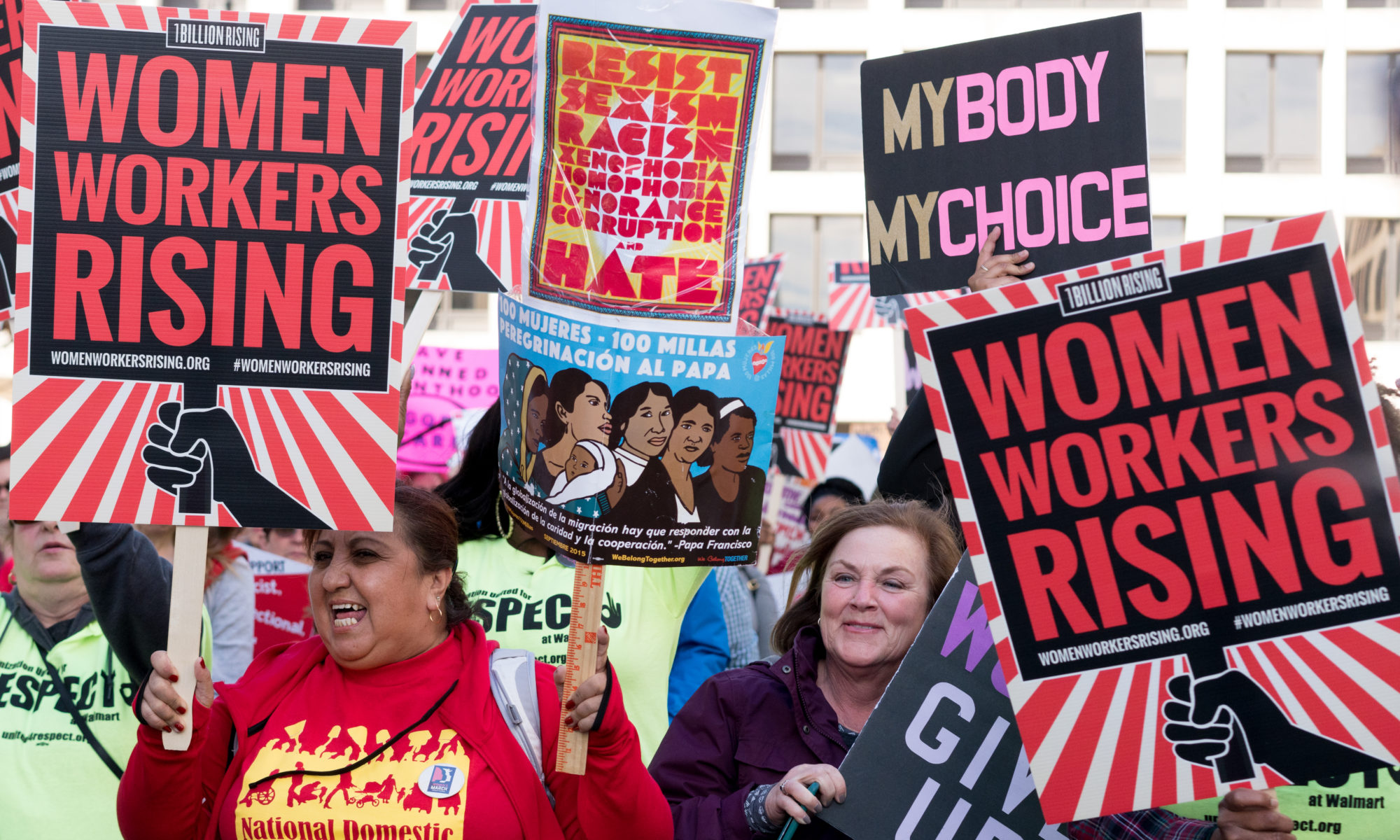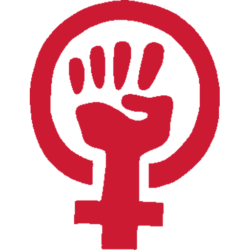Judith Green looks back at the founding Women’s Liberation Movement conference on the 48th anniversary

In a sexist society, sexism imbues every facet of life. The Women’s Liberation Movement of the 1960s involved a huge truth-telling by women about the realities of their lives, to each other and to the world, in an effort to change themselves and the world. Out of that great cataloguing of the injustices against us, women in the UK developed seven demands at a series of conferences taking place from 1970 to 1978.
The first of those gatherings opened exactly forty-eight years ago today, when women in Oxford expanded an original idea for a conference on Women’s History into an event focused on the urgent contemporary concerns of women.
300 women were expected, but 600 arrived, and together addressed issues out of which the first four demands of the Women’s Liberation Movement National Conferences were developed.
These were
- Equal pay
- Equal educational and job opportunities
- Free contraception and abortion on demand
- Free 24-hour nurseries
While embraced by the whole Women’s Liberation Movement, and agreed at the Skegness conference in 1971, the emphasis of the first four demands reflect the priorities of the Women’s National Coordinating Committee elected at that first conference and dominated by left groups.
Taken together they envisage women liberated from the burdens of motherhood and by the removal of barriers to full economic participation.
Such liberated women could be the equal of men as workers in struggle, men who — as a group — were not addressed by these demands.
Instead, the demands were addressed to legislators, employers, health services and the public sector.
They followed the struggle for the passing of the Abortion Act (1967) and women workers strike for equal pay at the Ford plant in Dagenham (1968) and were part of the effort to achieve Equality legislation in the form of the Equal Pay Act (1970) and Sex Discrimination Act (1975).
The Women’s National Coordinating Committee was disbanded following the Skegness conference.
Two further demands were added at the Edinburgh Conference in 1974.
- Legal and financial independence for all women
- The right to a self-defined sexuality. An end to discrimination against lesbians
While these demands do not name men directly, they are more ‘present’ than in the first four.
Legal and financial independence from men, and a right to a self rather than an ‘other’ (male) defined sexuality are at least implied.
The seventh and final demand was added at the Birmingham Conference in 1978.
- Freedom for all women from intimidation by the threat or use of violence or sexual coercion regardless of marital status; and an end to the laws, assumptions and institutions which perpetuate male dominance and aggression to women.
Whereas the first four demands had been specific, and with the emphasis on economic equality and reproductive rights, the seventh demand encompassed — in the ‘laws, assumption and institutions which perpetuate male dominance’ — the entirety of the social system of male supremacy or patriarchy.
Men’s dominance over women, and the role of violence in maintaining it, were named directly for the first time, but not without some controversy.
Socialist feminists and non-aligned supporters won the day in striking down the proposed preamble stating that ‘Men’s violence against women is an expression of male supremacy and political control of women.’
The Women’s Liberation Movement Conferences have sometimes been described as occasions of painful schism and rancour between two wings of committed feminists: socialists and radicals.
Each side made harsh criticisms of the other.
The shadow of these disagreements has been long, with blame often apportioned and a litany of bad behaviour catalogued.
I have no intention of doing that in this short article.
As a socialist feminist in the twenty-first century looking back, I am as frustrated with the inadequacy of my tradition to theorise and tackle male violence as my radical sisters were in the 1970s.
Not a single one of the Women’s Liberation Movement Demands has been properly fulfilled — be that economic or reproductive rights, sexual liberation for women or ending endemic male violence against women and girls.
Notable absences from the demands are to a address the unpaid labour of women in the home, sexist stereotypes and socialisation, or the field of representation — both political and in media imagery. There is now recognition amongst feminists of the socialist tradition that inequality between women and men is both a cause and consequence of male violence and that naming male violence is vital to ending it.
#NotAllMen is understood as the derailment from talking about women’s experience that it always was.
While there is a feminism that believes being inclusive is more important than protecting women’s rights, the need for a Women’s Liberation Movement fit for purpose has never been more urgent.
The need to rebuild a women-centred movement is recognised by both socialist and radical feminists, who have much in common.
It’s been a long journey since the heady days of the second wave Women’s Liberation Movement Conferences.
What no one involved in them could have anticipated was the need to spell out that sex exists and has social significance on account of sexism.
We might propose a new demand: perhaps numbered zero, our bottom-line “Recognise sex and sexism”.
Image from the Red Women’s Workshop

